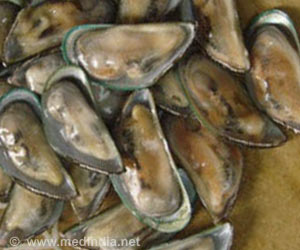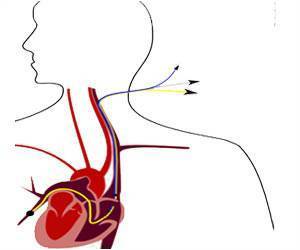An attempt to unravel the secrets of mussels' clinginess was made by researchers, which could help develop better glues.

This approach lets the creatures drift further out into the water, where they can absorb nutrients - although in the process, it exposes them to the risk of being torn away by the force of crashing waves.
But that almost never happens.
Despite the outwardly thin and fragile appearance of these threads, it turns out that in the dynamic, sloshing environment of waves and currents they can withstand impact forces that are nine times greater than the forces exerted by stretching in only one direction.
The secret to these tiny natural bungee cords has now been unraveled by MIT research scientist Zhao Qin and professor of civil and environmental engineering Markus Buehler.
Byssus threads, they found, are composed of a well-designed combination of soft, stretchy material on one end and much stiffer material on the other. Both materials, despite their different mechanical properties, are made of a protein closely related to collagen, a main constituent of skin, bone, cartilage and tendons.
Advertisement
But the static strength of the glue, and of the thread itself, "is not sufficient to withstand the impact by waves," he said.
Advertisement
These findings, Qin and Buehler said, could help in the design of synthetic materials that share some of these properties.
The findings are published in the journal Nature Communications.
Source-ANI









